Latest Posts
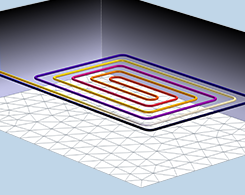
App: Design a Geothermal Heat Pump’s Heat Recovery System
The design and installation of a geothermal heat pump often involves many different configurations, which can be easily tested with a simulation app. See an example in action here.

Accessing External Material Models for Magnetic Simulations
Get a demonstration of how access external material models for EM simulations with a hysteresis example. Plus, get an overview of the available functionality for modeling ferromagnetic materials.

Designing an App to Analyze Stress in a Pressure Vessel
Learn how to use the Application Builder in COMSOL Multiphysics® to create an efficient and accurate design workflow, using an example of a pressure vessel design app.
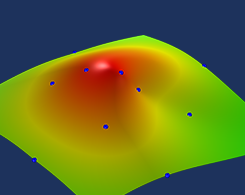
Using Radial Basis Functions for Surface Interpolation
Did you know that you can easily calculate the interpolation between a set of points using a simulation app? Learn more here and download a demo app for design inspiration.

Mildred Dresselhaus, a Driving Force for Women in STEM
Learn about the life and work of American scientist Mildred Dresselhaus, a driving figure in getting more women involved in science and engineering.

Modeling Coils in the AC/DC Module
A key concept when it comes to coil modeling is closing the current loop. Learn how to do so when modeling coils using the AC/DC Module and COMSOL Multiphysics®.
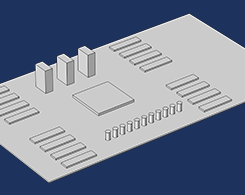
Generate Models from Text Files with the Application Builder
Ever wish you could automate your model preprocessing tasks? In this blog post, we demonstrate how you can use the Application Builder to quickly convert a text input file into a COMSOL model.
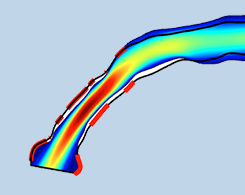
Improving Vascular Access for the Treatment of ESRD Patients
By combining CFD simulations with shape optimization techniques, biomedical engineers can better understand and predict vascular access for renal disease treatments.
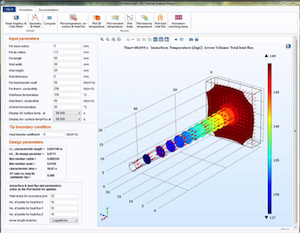
Studying Transient Heat Transfer in a Fin Design with an App
A guest blogger and author presents a simulation app that he designed to study transient heat transfer in a nonprismatic fin.

Control Current and Voltage Sources with the AC/DC Module
Did you know that you can use the Terminal boundary condition to dynamically switch between excitation types during a transient simulation? This is useful for modeling power supply, for example.

Multiphysics Simulation Provides Accurate Muffler Designs
A guest blogger from Lightness by Design, a COMSOL Certified Consultant, shares how multiphysics simulation provides accurate results when designing automotive mufflers.
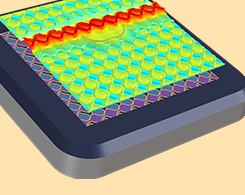
Streamlining Capacitive Touchscreen Design with Apps
In this comprehensive blog post, we discuss the different design considerations for capacitive touchscreens and how simulation apps can be used to streamline their design workflow.
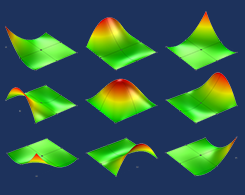
Keeping Track of Element Order in Multiphysics Models
Whenever you are building a finite element model in COMSOL Multiphysics®, it is important that you are aware of the element order that is being used. We demonstrate how to do so here.
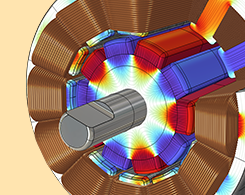
Guidelines for Modeling Rotating Machines in 3D
Learn how to use the Rotating Machinery, Magnetic interface in COMSOL Multiphysics® to model a 3D generator, and then compare our results with an analogous 2D model. Part 2 of 2.

The Boundary Element Method Simplifies Corrosion Simulation
The boundary element method can be used when simulating corrosion to avoid needing a finite element mesh to resolve the whole 3D structure, saving time for large problems with slender components.
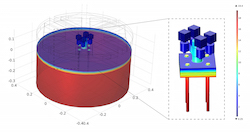
Newtecnic Creates Better Building Façades with Simulation
Engineers at Newtecnic use COMSOL Multiphysics® to balance elements such as stability, efficiency, and comfort when creating building façades that are both eye-catching and functional.

Simulation Improves Range of Motion in Piezoelectric Actuators
We highlight 1.) some of the fundamental elements of piezoelectric theory and basic simulations and 2.) a novel design for improving the range of motion for piezoelectric actuators.
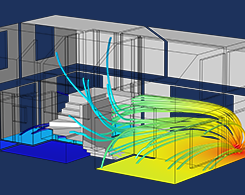
Efficiently Study Noise Distribution in a House with an App
Simulation apps can be used by those with little knowledge of simulation to run their own acoustics analyses. Learn about one example, the One-Family House Acoustics Analyzer, here.
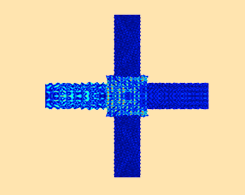
Modeling Phononic Band Gap Materials and Structures
A guest blogger from Veryst Engineering, a COMSOL Certified Consultant, shares simulation research designed to optimize band gaps for phononic crystals.
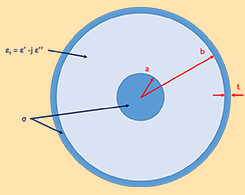
Model Cables and Transmission Lines in COMSOL Multiphysics
Learn how to compute the parameters of a coaxial cable from a COMSOL Multiphysics® simulation of the electromagnetic fields.

Turning Models into Apps: New Book Serves as a Useful Guide
Guest blogger and author Mehrzad Tabatabaian discusses how to turn COMSOL Multiphysics® models into simulation apps, a point of focus in his book COMSOL5 for Engineers.
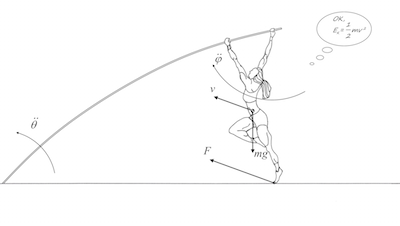
Reaching New Heights in Pole Vaulting: A Multibody Analysis
We perform a multibody dynamics analysis of the different phases of pole vaulting using COMSOL Multiphysics®.

Using Annotation Plots in Your 2D and 3D Plot Groups
You can label the plots of your simulation results with names, comments, and values of quantities evaluated at specified locations. How? By adding annotation plots!

Design Safe Wearable Technology with Heat Transfer Modeling
Wearable technology is more than just fitness-tracking bracelets and smartwatches. It is important to consider heat transfer when designing wearables that are safe for consumer use.
